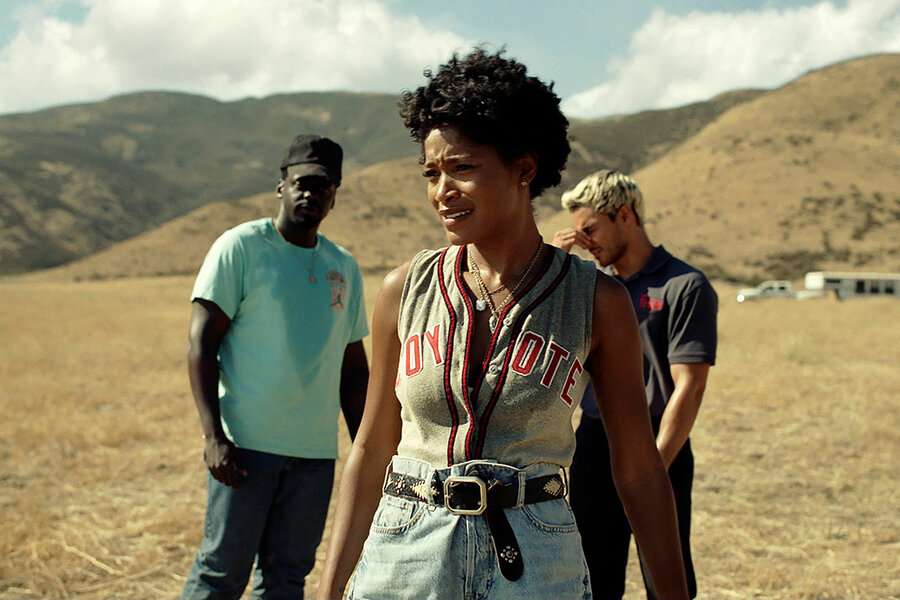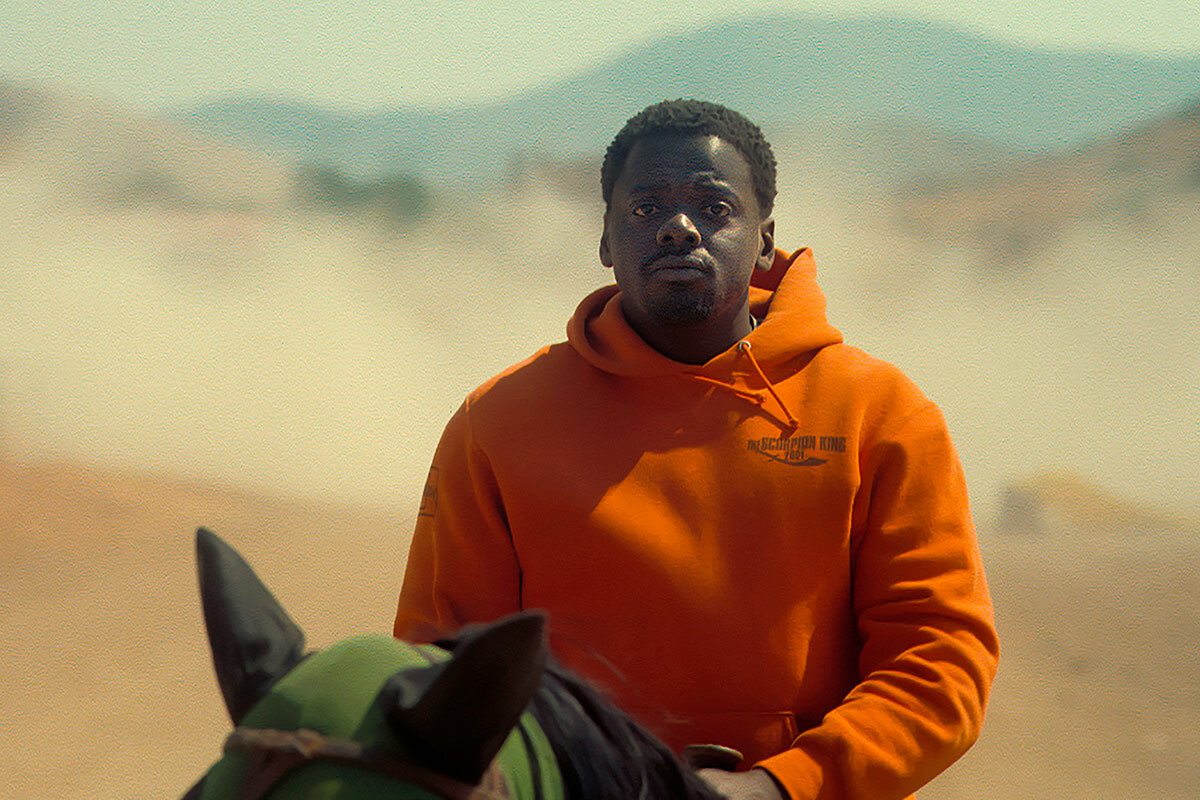After seeing Peele’s ‘Nope’ twice, our columnist appreciates it
Loading...
Did I enjoy Jordan Peele’s latest movie after I initially viewed it? Nope.
My expectations for the movie were too concrete. I’d become used to Mr. Peele’s adeptness at turning horror films into social commentaries, whether they were indictments of white liberalism (“Get Out”) or harbingers of class warfare (“Us”).
Then I thought about this latest film, “Nope,” – and the director’s intent – from a more abstract perspective. Mr. Peele, who is Black, didn’t feel burdened by the need to make a stereotypical Black film, or a film with an overt message of social justice. He made a film that highlighted cinema, and through that passion, he advanced his unique genre of films. He expressed freedom in simply being a Black man who created a work of art.
Why We Wrote This
A story focused onPeople have come to expect an overt message about Black life when Jordan Peele makes a film. But for our columnist, Mr. Peele’s latest film, “Nope,” liberates the director by allowing him simply to be a Black man creating a work of art.
Such a sense of autonomy can be fearful – and fleeting. I am reminded of the cautionary tale of comedian Dave Chappelle, who famously quit his eponymous show because it became too much of a spectacle. “Chappelle’s Show” was irreverent comedy mixed with social commentary, but he felt like his messages weren’t clear when people mocked them instead of meditated on them.
Mr. Peele’s “Nope,” featuring cowboys and aliens, is irreverent at times. The protagonist, played by Daniel Kaluuya, is named Otis Jr., or O.J., which seems to be a nod to the former football player and rental car pitchman who was famously acquitted for murder. Mostly, it is a movie that warns against the danger of spectacles and how predators – both in nature and industry – are not easily tamed. “Nope” also alludes to how Black people and Black culture are exploited in Hollywood.
The filmmaker’s abstract approach to “Nope” challenges the notion of what escapism might mean to Black moviegoers such as myself. That can be tricky, as even Afrofuturistic movies such as “Black Panther” contain political themes and ideologies. And yet, in a world and a country with noted anti-Black policies and sentiments, the need to “get away from it all” is more than understandable. Does that idea of liberation manifest itself differently between movie maker and moviegoer? It largely depends on the subject – both the art and the viewer.
It was easier to escape into “Black Panther” because it was an action movie of the Marvel variety, and I’ve enjoyed that franchise with a childlike enthusiasm. Meanwhile, Mr. Peele has set a standard with his first few movies that might seem like the theater of the absurd – if they weren’t so on the nose about Black trauma.
With that said, I enjoyed “Nope” more on my second viewing because I had a better understanding of what the director sought to convey. I grew to appreciate his artistry as much as I did his analysis, and that was a needed transition for me.
Black folks have internalized that burden of responsibility to speak for our community in film and media – and to be clear, it is a burden – for generations. Arguably the most loaded quote in Hollywood history came from Hattie McDaniel, the first African American to win an Oscar.
“I sincerely hope I shall always be a credit to my race, and to the motion picture industry,” she said after she received the award, even as her seat for the event was segregated from the white attendees. Labor over love, duty over desire, describes the fate of so many Black Hollywood trailblazers. Mr. Peele didn’t paint himself into a corner with the expectations of others.
The filmmaker’s latest work is refreshing in a world where recent Black cinema can look like trauma retreads. There is a new film about Emmett Till slated for the end of this year, and the very thought of another piece of media about the brutal beating and lynching of a 14-year-old Black child makes me uneasy and sorrowful. The fate of Emmett is one of the most recognizable civil rights tragedies. Mining the story for historical nuggets pales in comparison to the perpetual pain that the story presents.
We are in desperate need of different stories and outlets to present Black triumph – and yes, Black trauma.
Mr. Peele’s quirkiness and love of cinema have provided such an outlet. On the one hand, his work is an ode to the Black Hollywood pioneers before him. On the other hand, his work is a clarion call for moviegoers to think outside of the box in terms of how we digest media. In our ravenousness, we’ve become myopic, even those of us who consider ourselves cultured or researched.
There is a saying which captures the plight perfectly – “can’t see the forest for the trees.” Mr. Peele’s brand of escapism doesn’t mow down the foliage – it simply takes a step back and appreciates a wider perspective. It is a lesson for all of us.







